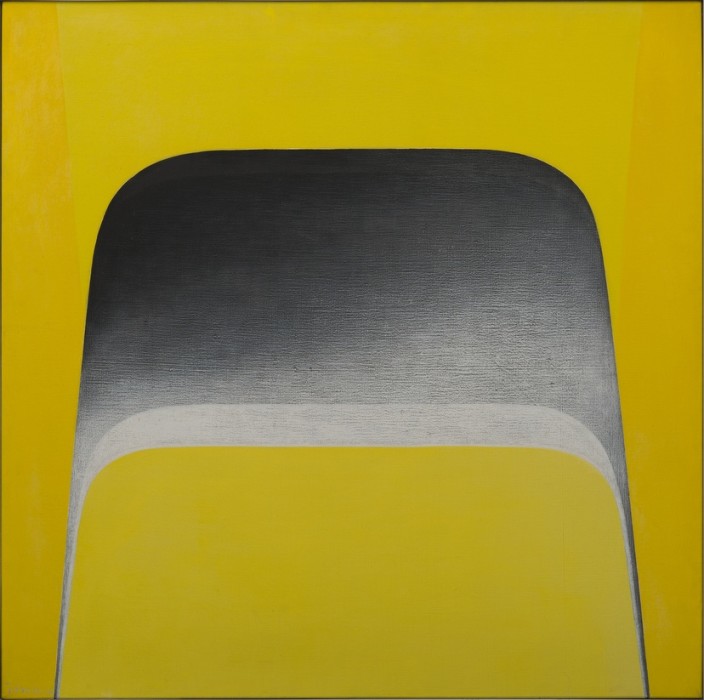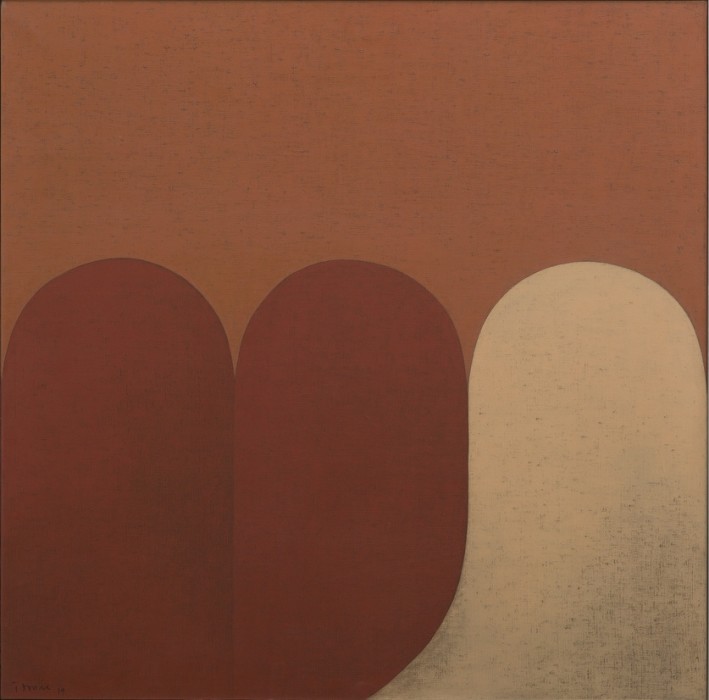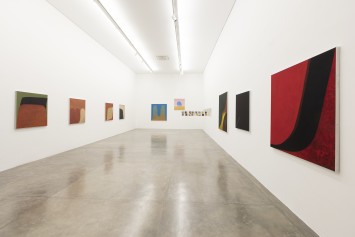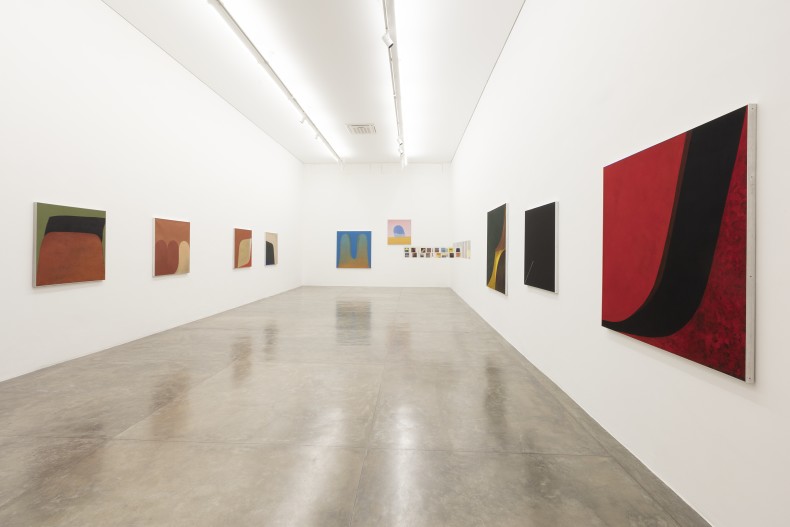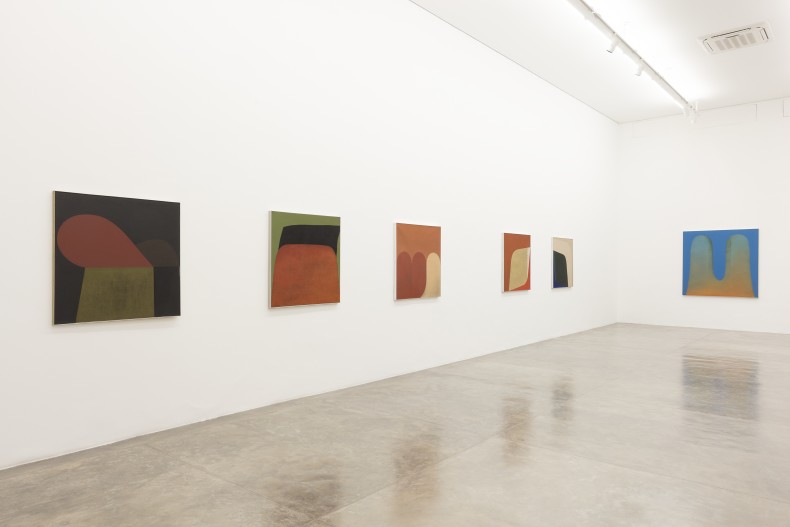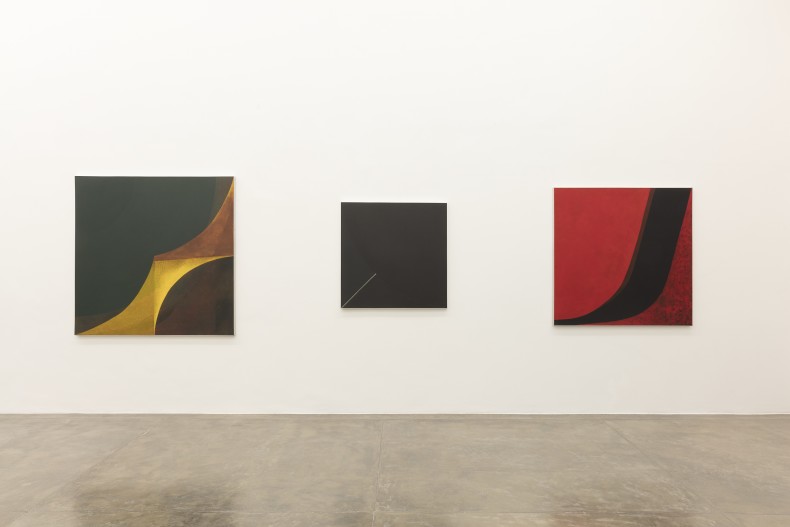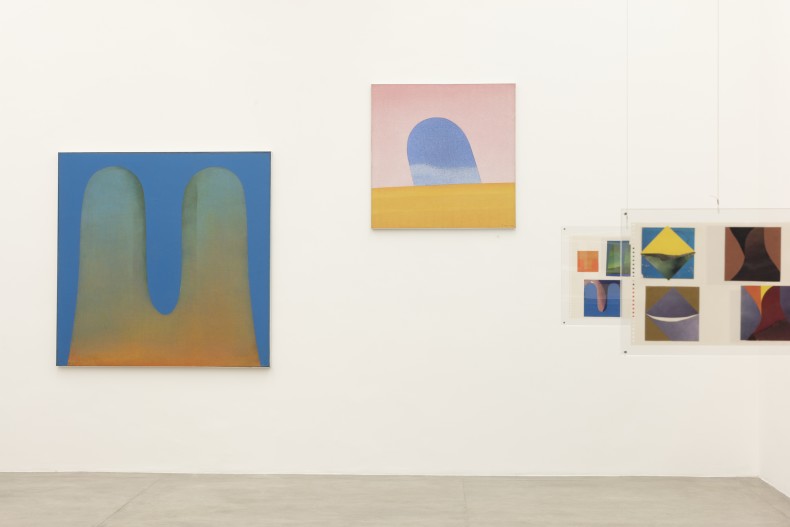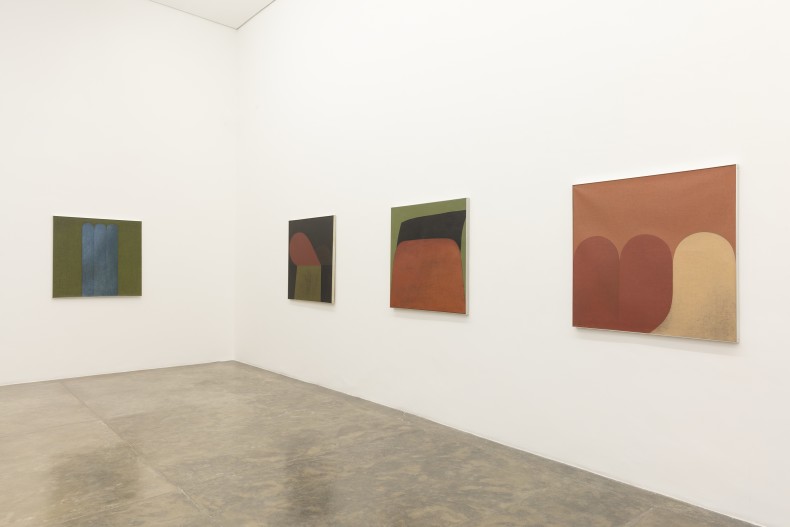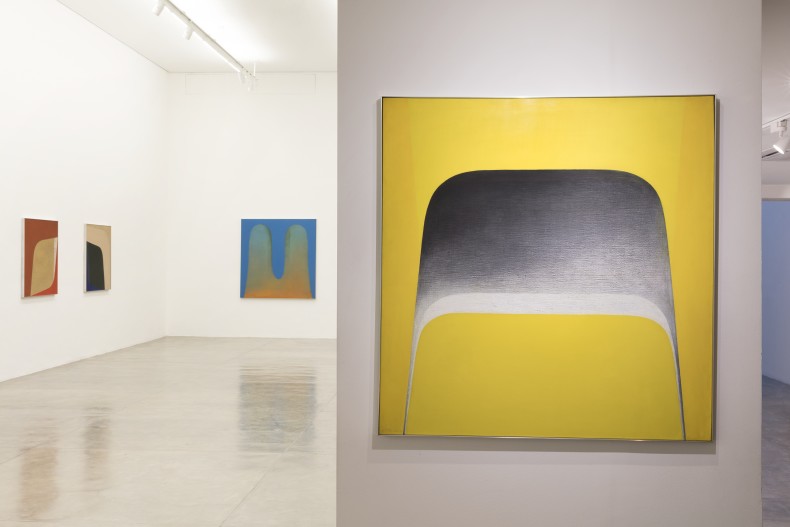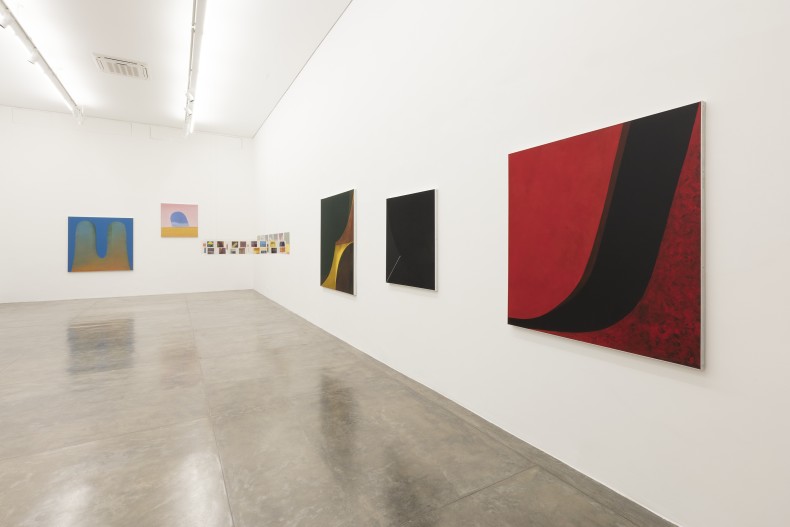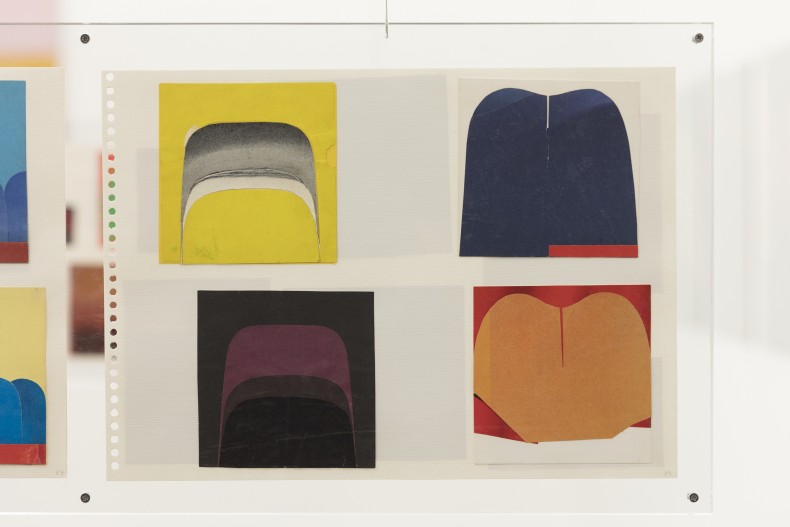In Tomie Ohtake: On the Tips of the Fingers at Galeria Nara Roesler | São Paulo, curator Paulo Miyada provides yet another key to grasping the plastic thinking of this acclaimed Brazilian artist. Comprising of paintings from the 1970s, as well as a few engravings, the exhibition also features some of the painter’s sketchbooks – which are little known, even within the art circuit – containing small collages that allow a glimpse into the genesis of Ohtake’s pictorial experimentation process.
These delicate studies follow a unique process: tearing out, cutting up and pasting together cutouts from everyday media such as magazines, invitations, news dailies, leaflets etc. “To pay attention to Tomie Ohtake’s process is to gain access to her paintings’ connections with chance, gestures and chromatic boldness,” the curator remarks. Miyada points out that these minuscule studies are a consistent and recurrent resource in the artist’s oeuvre up until the mid-1980s. “These found compositions worked as a script for paintings and engravings that experimented with different scales and color combinations. It is as though the clipboard with cutouts was a mining area for shapes and color combinations,” the curator notes.
In her 1960s compositions, Ohtake would tear up pieces of paper as a starting point for her paintings. “The figures here resemble simple geometric shapes, but their outlines are shimmering; they contain the memory of having been torn with the tips of the fingers,” Miyada says.
Later, in the 1970s, when the paintings began to deal with shapes that had clearer-cut contours, the studies also morphed as the artist began to use scissors – never a ruler or a utility knife – to cut up the paper. “It was a way of dealing with the instantaneousness of the gesture and of balancing out chance and control throughout the entire painting process.”
Miyada also highlights that these 1970s compositions grew denser; the whiteness (the blank sheet) was encroached by areas of color, occasionally suggesting landscapes. “The textures in the paintings often surprisingly emerge from the collage itself, appropriated from assorted photographic materials. The color palette also expands, meeting face to face the chromaticism of an age that flirted with psychedelia,” he concludes.
